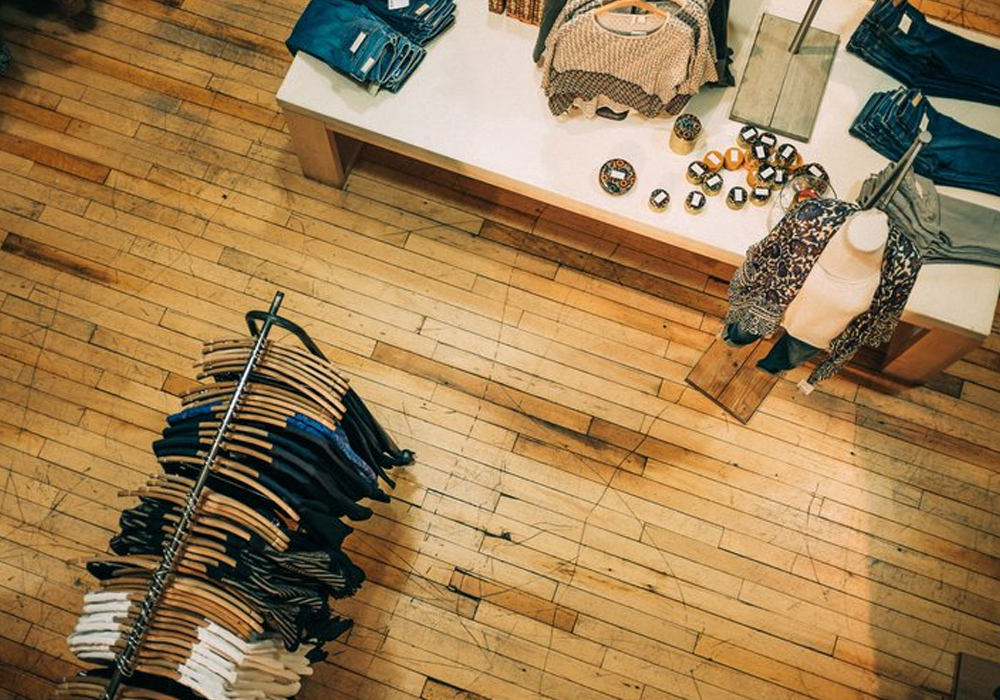In recent years, the retail industry has been shifting towards online marketplaces. The COVID-19 pandemic has, in many ways, forced retailers to accelerate this previously gradual process. Retailers across the US were forced to close their brick and mortar locations, relying solely on their digital presences. This change was abrupt, and forced retailers to rethink the way that they have always done business. The world post-pandemic is going to look different, and anticipating these changes will be crucial for retailers moving forward.
The phrase “creature of habit” comes to mind when thinking about people’s mentality as this shift takes place. COVID-19 has forced people to alter their “habits”, and form new ones. This, for many individuals, has brought to light the many conveniences of online shopping. In terms of retail, brick and mortar locations were deemed either “essential” or “non-essential”, a.k.a. “open” or “closed” . Both types of retailers were still able to run through E-Commerce.
“Essential”
The use of grocery delivery services has spiked, as people search for ways to alter their habits. In a report by CNBC, it was found that roughly 13% of shoppers were using grocery delivery services before COVID-19, and over 30% of consumers since the pandemic hit. More specifically, Instacart saw a 218% surge in downloads of their grocery delivery app. It is unquestionable that consumer behavior has changed in this retail sector, but the real question is: Will this become the new normal? Will the convenience of this type of shopping impact the future of grocery stores?
Moving forward, convenience is key. Grocery shopping is time consuming, and often a dreaded part of an individual’s weekly routine. Services that have allowed consumers to gain back a little bit of time, and exhaust a little bit less energy, were already booming. COVID-19 gave these businesses the push they needed to become a part of people’s normal routines. In the case of many, including myself, I can’t see the reason to go back to carving a couple hours out of my weekend to hit the grocery store.
Another concept that has come to the forefront in the essential retail sector is curbside pickup. With grocers needing to innovate in accordance with the current global climate, limiting contact between shoppers is key. Curbside pickup options have skyrocketed, and allowed consumers to grab their items and go. This has allowed consumers to not only protect themselves from risk, but also recognize the convenience of alternative options.
“Non-Essential”
While “essential’ businesses were able to keep their doors open throughout the pandemic, not all businesses were so lucky. Those deemed “non-essential” not only had to innovate, but reconstruct their business models. In-person shopping was no longer an option. Because of this, E-commerce became the only way for consumers to purchase anything outside of the basics. Clothing retailers saw spikes in online sales, even in the midst of the pandemic. While retailers’ overall sales were negatively impacted, the reliance on E-commerce has pushed consumers in a new direction.
The opportunity for expanding businesses’ online presence is more prevalent than ever. Shopping through social media platforms has also seen growth, and has presented a new outlet for online retailing. For example: Instagram’s shopping feature has seen growth through the pandemic. Individual brands, or users, are able to tag items that are for sale through their posts. This is appealing to consumers because they can see products being used or worn by real people, something that is not attainable in traditional brick and mortar stores. In fact, Instagram has seen that 60% of their users have discovered new products on Instagram, and that 75% of users take action after seeing a business post, by telling a friend about the product, searching for it online, making a purchase, etc. Social media gives opportunity to small and large businesses alike. It is an easy way to get products out directly to the consumer groups that will have interest in them, and clearly show how they will work in their everyday lives.
New Ways of Doing Everyday Things
Yes, shopping is a part of everyday life for many people. However, the COVID-19 pandemic has allowed for people to reflect on how they go about many parts of their everyday lives. There are choices: whether it is grabbing a few ingredients for a new recipe or an outfit for your upcoming business trip. Letting consumers know that you offer choices is something that has presented its importance through the last few months. Yes, people will return to brick and mortar locations, but there will be a greater question about the necessity of it.
Sources:
(https://www.the-future-of-commerce.com/2020/06/08/covid-19-e-commerce-stats/)
https://www.bigcommerce.com/blog/instagram-shopping/#instagram-statistics-businesses-should-know










